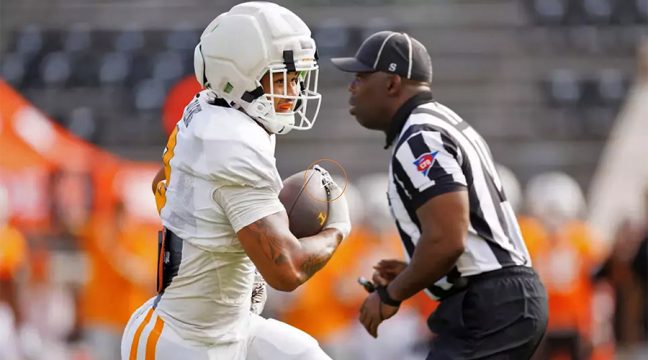 Second only to football, soccer players face one of the highest risks of sustaining traumatic brain injuries.
Second only to football, soccer players face one of the highest risks of sustaining traumatic brain injuries.
In Cincinnati, OH, a study has been underway with boys using a device called the Q-collar, an experimental neck device designed to put specific pressure on the jugular vein or a small kink in the “hose” of the blood as it leaves the brain so the brain is less likely to move when exposed to a head impact.
Now, researchers are expanding the study to include girls who play soccer.
“Girls soccer was chosen because we know they have one of the highest rates of injury, in particular concussion injury.” —Greg Meyer, PhD, director Sports Medicine Research
Seton High School on Cincinnati’s west side was the first soccer team chosen to wear the Q-collar.
“We were a little nervous at first because we didn’t know what they were going to look like or how they felt, but now we are completely used to them and don’t really notice them at all.” — Kelly Byrne, Seton soccer player
The study focused on how much the brain is exposed to head movement or sloshing inside and included players from different girls’ soccer teams who did not wear the collar. Players from both teams wore an accelerometer, a computer chip behind the ear, which tracked every hit sustained during practice and games. Girls from both teams also participated in neuro imaging so researchers could analyze the data.
“What we look at is, does that structure change from a pre- to post-type season situation? After reviewing data from over a nine-month period, the results for players wearing the collar were promising. When the athletes were exposed to head impacts of playing sport, we saw that the Q-collar prevented those micro-structural changes in the brain from pre- to post-season.” — Meyer
Click on the link here or the image above to watch the film which shows the changes in the brain from the two different soccer teams and a considerable difference when the kids wore the Q-collar.
Photos courtesy Q-collar












